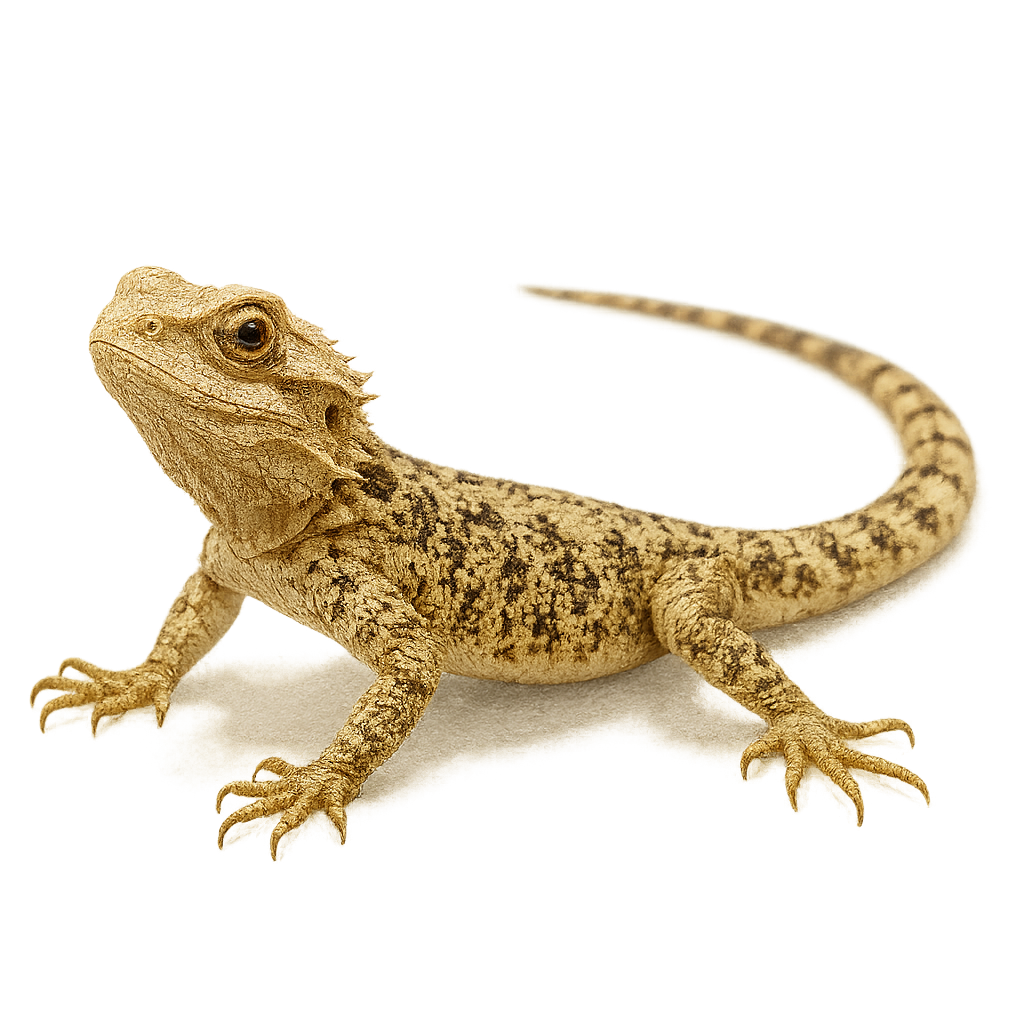Your wildlife photography guide.
Explore the lehmann's agama in detail, study its behavior, prepare your shots.
Where to observe and photograph the lehmann's agama in the wild
Learn where and when to spot the lehmann's agama in the wild, how to identify the species based on distinctive features, and what natural environments it inhabits. The WildlifePhotographer app offers tailored photography tips that reflect the lehmann's agama’s behavior, helping you capture better wildlife images. Explore the full species profile for key information including description, habitat, active periods, and approach techniques.
Lehmann's Agama
Scientific name: Agama lehmanni

IUCN Status: Least Concern
Family: AGAMIDAE
Group: Reptiles
Sensitivity to human approach: Suspicious
Minimum approach distance: 5 m
Reproduction period: April to June
Incubation: 60–75 jours
Births: June to August
Habitat:
rocky areas, mountains, shrubs
Activity period :
Active during the day when temperatures are favorable, often seen basking in the sun.
Identification and description:
Lehmann's Agama is a fascinating lizard known for its adaptability to various environments. This reptile is primarily found in mountainous regions, where it skillfully camouflages itself among rocks and shrubs. Its coloration can vary, but it often exhibits shades of brown and gray that allow it to blend into its natural habitat. Lehmann's Agama is a diurnal animal, active mainly during sunny hours. It primarily feeds on insects and small invertebrates. Although its behavior is generally suspicious, it can become more tolerant of humans if not disturbed.
Recommended lens:
400mm – adjust based on distance, desired framing (portrait or habitat), and approach conditions.
Photography tips:
To photograph Lehmann's Agama, it is advisable to use a 400mm lens or longer to capture details without getting too close. These lizards can be suspicious, so it's best to maintain a safe distance of about 5 m to avoid scaring them. Look for them in rocky, sunny areas where they like to bask. Natural morning or afternoon light can provide the best conditions to capture their colors and textures.
The WildlifePhotographer App is coming soon!
Be the first to explore the best nature spots, track rutting seasons, log your observations, and observe more wildlife.
Already 1 429 wildlife lovers subscribed worldwide

